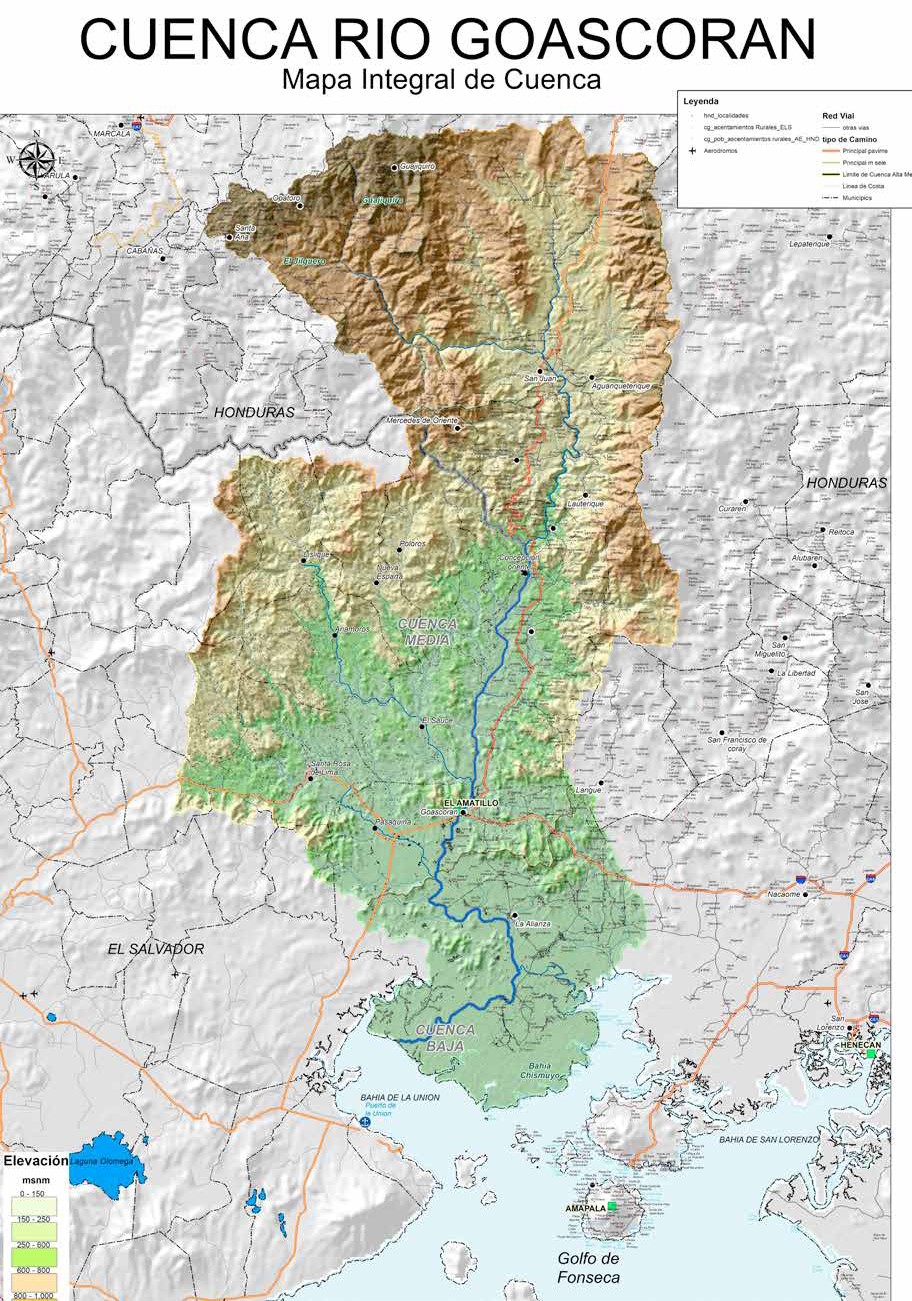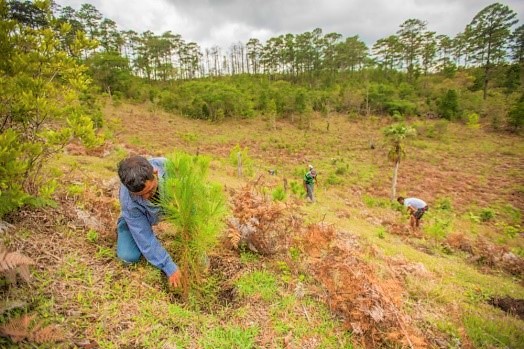


Governance for adaptation requires an ecosystemic vision, whereby actions implemented in the field for building up the resilience of natural resources focus more on protecting watershed ecosystem services (forest-water-soil) and less on responding only to problems found at the level of individual farms. For this reason, the prioritization of restoration areas is key, since it must be with a view to improving water capture and also productivity (local livelihoods). The three types of EbA measures implemented in the Goascorán River basin were: 1) restoration of water sources, 2) soil conservation, and 3) agroforestry systems. This combination recognizes the interdependence of the forest-water-soil components and allows communities to witness positive changes over intermediate periods, which in turn increases their confidence in the "natural solutions" being introduced for water and food security. Territorial management with a basin or micro-basin vision also contributes to the ecosystem approach that is required for sustainable development, that is, one that is adaptive to climate change.
- Climate change, and in particular, the availability of water for human consumption and agricultural use, are factors that concern most micro-watershed stakeholders, which increases their willingness to prioritize actions that favour water recharge zones and disaster risk reduction.
- Once prioritized EbA measures were implemented, improvements in the conditions of the water recharge zones and in the organizational and governance capacity of the communities became evident, also helping to consolidate the concept that forest cover is a collective "insurance” in the face of climate change.
- The self-motivation of communities (around water and their livelihoods) and the leadership of key local actors are determining factors in achieving good governance for adaptation and in the successful implementation of EbA measures.